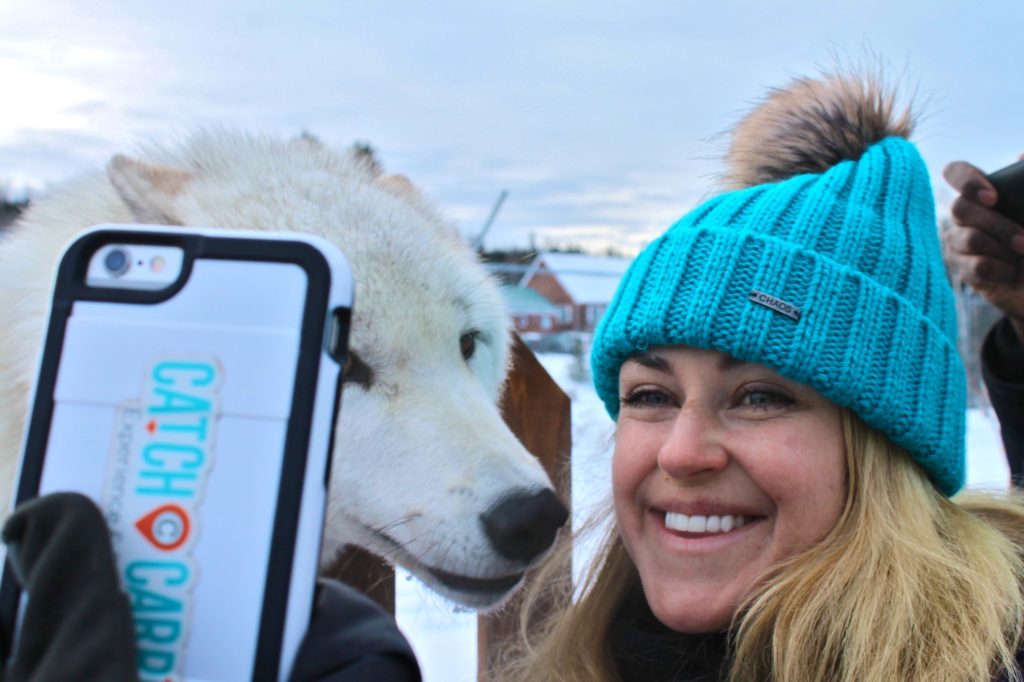Real Pirates Exhibit, Denver Museum of Nature and Science
 A pirate ship looses its battle against winds racing 70 miles per hour and waves towering 40 feet high. The wooden mast of the Whydah pirate ship snaps in half, treasures plummeting to the bottom of the ocean floor. Seven pirates survive, the other 144 surrender to the freezing temperatures of the nor’easter in April 1717 off the coast of Cape Cod.
A pirate ship looses its battle against winds racing 70 miles per hour and waves towering 40 feet high. The wooden mast of the Whydah pirate ship snaps in half, treasures plummeting to the bottom of the ocean floor. Seven pirates survive, the other 144 surrender to the freezing temperatures of the nor’easter in April 1717 off the coast of Cape Cod.
Among them was the notorious pirate captain, Sam Bellamy, who had set his sights on his next prize the Whydah slave ship. After a three-day chase he was soon the commander of the vessel forcing the prior captain to cede command. In total, Bellamy captured 54 ships carrying commodities of the trade routes during the 1700’s.
During this era, the slave trade was rampant. Slaves were packed onto ships from West Africa and traded for materials across countries. Upon capture of the Whydah, hundreds of imprisoned slaves were on board. Some joined the underground life of piracy when Bellamy took over. The color of the hands on deck didn’t matter, instead the skill and loyalty behind them did.
Some question why a person would choose an outlaw kind of life. The lead educator at the Denver Museum of Nature and Science, Jennifer Moss Logan, brings insight into this question. She points out that during the golden age of piracy they saw their own destiny. On board men were free, part of a brotherhood and treated as equals.
We know this because of the tireless quest of Barry Clifford. As a little boy, he became intrigued with a tale that a pirate ship crashed off the coast of Cape Cod. After searching the sea for three years he could hear a treasure ringing.
A bell with an inscription “ Whydah Gally 1716” left no question what ship was nearby. The bell was the first identifying object discovered in 1985. The Whydah is the first authentic pirate ship discovered in U.S. waters. Over time, more than 200,000 artifacts have been recovered. Many are concreted and undergo reverse electrolysis to break the treasure free from layers of rock that have grown over it.
Over 200 of the artifacts are on display at the Denver Museum of Nature and Sciences exhibit “The Untold Story of the Whydah from Slave Ship to Pirate Ship.” Each site that hosts the artifacts has the creative freedom to add their own touches, and the DMNS did not hold back. Lightning strikes electrify the experience as flashing lights and booming sounds mimic the storm that defeated Whydah. Music, lighting, interactive exhibits and “real” pirate actors enhance the experience exclusive to the DMNS.
Inside pirate relics set the stage. Travel through a replica of the Whydah, read “the articles” pirates signed complying with a pirate lifestyle, interact with educational demonstrations from the well-trained volunteers. Canons, pistols, cuff links and belt buckles are only some of the objects you will experience. The shoe, sock and femur bone researchers say belonged to John King, the youngest known pirate who abandoned his mother at eight years old to join the pirates, is also on board. Ship’s ahoy!
Shiver in ye timbers when you see the treasure chest filled with “pieces of eight,” the term used for currency in those days. Pirates were greedy when it came to treasure, but fair when it came to divvying it up. One share for a regular crewmember, 1.5 shares for a sailing master or surgeon and 2 shares for the captain. Pirate’s lives may have seemed chaotic, but they had clearly established a democracy.
Hammocks adorned the deck, but if there was not enough for everyone, all slept on the floor. Card games, plays, and music kept them entertained as they traversed the seas. They filled up their tin cups from a hogshead filled with grog, or water downed rum.
X mark’s the spot at the Denver Museum of Nature and Science until Sunday.
You can purchase tickets here: https://www.dmns.org/
no images were found








